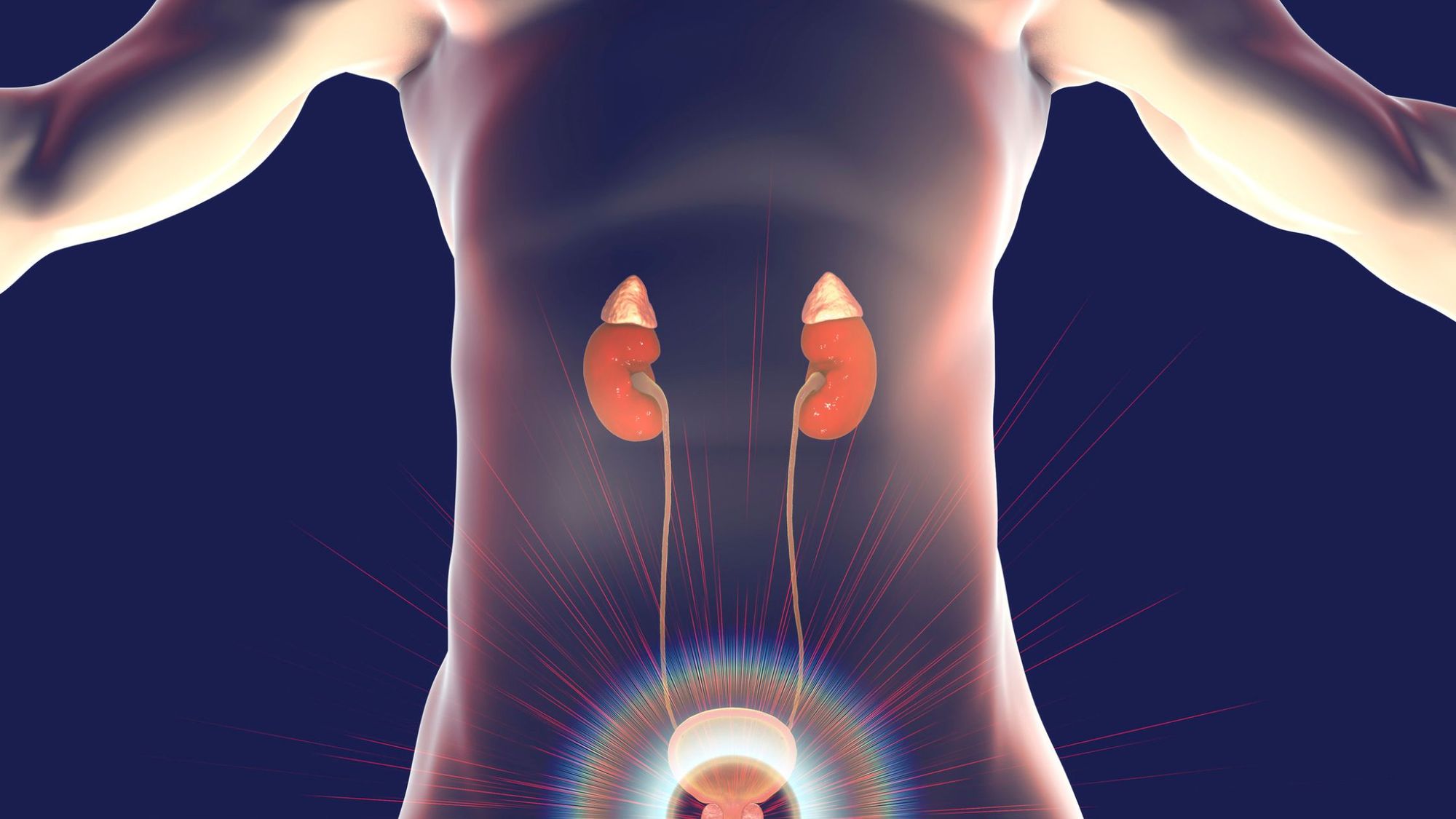
For those seeking to build muscle mass, sculpt your physique or gain strength, hypertrophy is your best friend. It refers to the growth of muscle cells in response to stress and damage during exercise, in addition to targeted nutrition, often with a high protein diet.
But merely going through the motions of weight training without understanding the intricacies of hypertrophy means leaving potential gains on the table.
Breaking Down Hypertrophy
Hypertrophy is the process by which muscle fibers increase in size, leading to enhanced muscle mass and strength. It occurs in response to the stress placed on the muscles during resistance training with increasing effort and intensity. There are two primary types of hypertrophy:
- Myofibrillar: This type of hypertrophy involves an increase in the number and size of myofibrils within muscle fibers. Myofibrillar hypertrophy primarily contributes to improved muscle strength.
- Sarcoplasmic: Sarcoplasmic hypertrophy involves an increase in the volume of fluid, glycogen, and other cellular components within muscle fibers. While it contributes less to strength gains, sarcoplasmic hypertrophy can lend itself well to athletic events where more endurance is required.
You can focus on either one of these hypertrophy types depending on your own goals. Regardless, it’s still important to remember that you need intensity to trigger either muscle hypertrophy of any sort.

The Mechanisms of Hypertrophy
Hypertrophy occurs through a complex interplay of physiological processes during resistance training. However, to create the right conditions for muscle growth, you can keep it simple by remembering these 2 key factors for hypertrophy to occur:
- Mechanical Damage
During resistance training, muscle fibers experience microscopic damage, or tears, leading to muscle soreness. This happens when the contracting muscles generate enough force to overcome the resistance of the weight that they are lifting. This damage prompts the body to initiate repair processes, resulting in the synthesis of new muscle proteins and ultimately leading to hypertrophy.

- Metabolic Fatigue
Your muscle fibers need a steady supply of ATP, or a unit of energy supplied through metabolic processes, to exert the force necessary to lift weights. Your muscles experience metabolic fatigue when they exhaust the supply of energy and have to deal with metabolic waste like lactic acid. Like mechanical damage, your muscles adapt to this fatigue and eventually improve it’s metabolic performance, allowing you to hit your workouts with more energy and intensity.
According to a study, maximum hypertrophy occurs when both metabolic fatigue and mechanical damage occurs. It may be hard to think about this in the middle of an intense workout, but as a general rule of thumb, simply give it your best effort and your muscles will naturally progress into a state of fatigue and damage.
Strategies to Maximize Hypertrophy during Workouts
To optimize hypertrophy and maximize muscle growth during workouts, consider implementing the following strategies:
- Progressive Overload: Gradually increasing the demands placed on the muscles is crucial for stimulating hypertrophy. Continually challenging yourself with heavier weights, additional repetitions, or more challenging exercises helps ensure that your muscles adapt and continue to grow.
- Compound Exercises: Incorporate compound exercises into your training routine. These exercises engage multiple muscle groups simultaneously and allow for heavier loads and greater overall muscle activation. Squats, deadlifts, bench presses, and overhead presses are excellent examples of compound exercises.
- High Volume Training: Increasing the volume of your workouts by performing more sets and repetitions can enhance hypertrophy. Aim for a moderate to high number of sets (around 3-5) per exercise and focus on a rep range of 8-12 repetitions for muscle hypertrophy. Similarly, alternative workouts like HIIT training can give you a fun yet challenging gauntlet of exercises that can “shock” your muscles into growth in case your routine sets begin to feel repetitive.
- Strategic Rest and Recovery: Adequate rest and recovery periods are essential for maximizing hypertrophy. Allow for proper rest intervals between sets and ensure sufficient sleep and nutrition to support muscle repair and growth. In fact, research has found that lack of sleep can impair muscle recovery to varying degrees.
- Proper Nutrition: Fuel your body with adequate protein, carbohydrates, and healthy fats to support muscle growth. Aim for a protein-rich diet (around 1.6-2.2 grams per kilogram of body weight) and consume a balanced mix of macronutrients to provide the necessary energy for intense workouts and recovery. Plus, don’t forget that a balanced diet will serve you well, no matter your health goals.
What To Do In Your Next Workout
It can be counterintuitive for new lifters in the gym, but the principles of hypertrophy revolve around breaking down your muscles in order for them to grow. In other words, you need to challenge yourself.
What this means is that you don’t have to lift the heaviest weights around at risk of injury in order to grow. The optimal path to hypertrophy is to understand your fitness profile, and understand how to progressively and safely push beyond your current limits.
You can also understand your body’s unique physique and its response to intensity and weights by taking a DNA test from CircleDNA. Beyond just gaining insights into the best types of exercises your body will respond to, there are hundreds of actionable reports to optimize your diet, sleep and other lifestyle routines in order to be your best, healthiest self.






